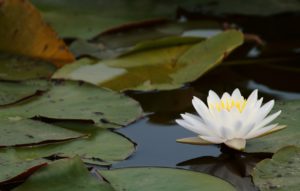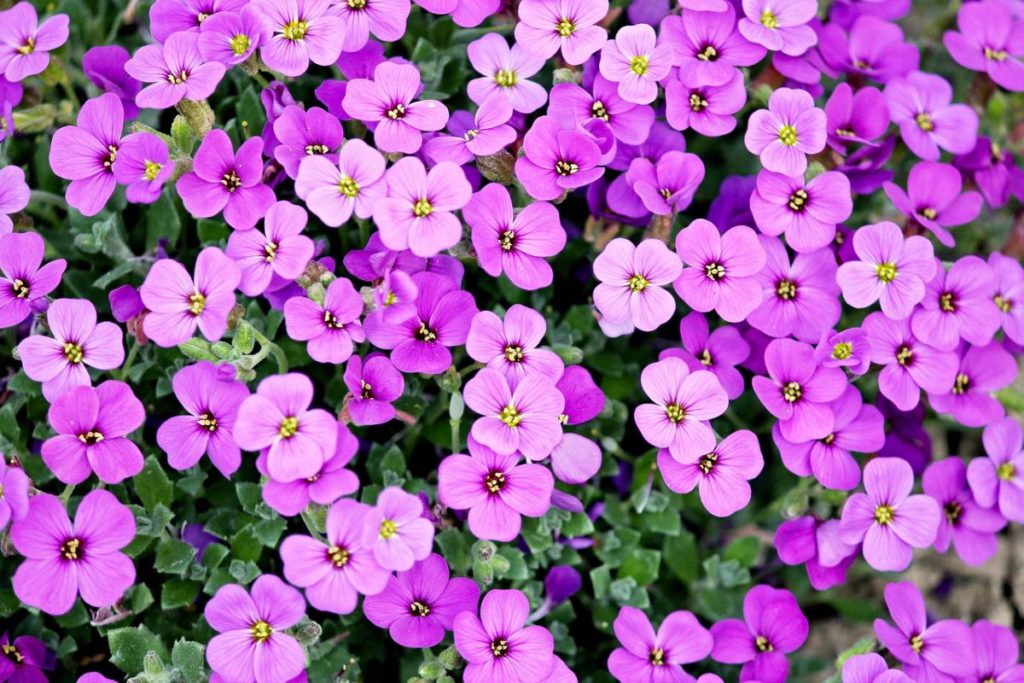Flower gardening can be a rewarding hobby that brings colour, beauty, and fragrance to your outdoor space. However, beginners might consider it a challenging task if they don’t know where to start. In this article, we’ll share some tips for successful flower gardening that will help you get started.
Tip #1: Choose the right location
The location of your flower garden is critical to its success. Most flowers require plenty of sunlight, so choose a spot that gets at least six hours of direct sunlight each day. Also, consider the soil conditions in the area. Flowers generally prefer well-drained soil that is rich in organic matter. If your soil is lacking in nutrients, you can amend it with a veggie mix soil, which will provide the necessary nutrients to support healthy growth.
Tip #2: Pick the right plants

Choosing the right plants for your flower garden is essential. Consider factors such as the amount of sunlight your garden gets, the climate of your area, and the size of your garden. Some flowers are better suited to certain climates or soil conditions, so do your research before you start planting. Additionally, keep in mind that some plants may not be compatible with pool chemicals, so be sure to choose plants that are safe to grow near your pool.
Tip #3: Water wisely
Watering is a critical part of flower gardening. Most flowers require consistent moisture to thrive, so make sure your garden is getting enough water. However, it’s also essential not to overwater, as this can lead to root rot and other issues. To avoid overwatering, check the soil moisture regularly and water only when the top inch of the soil feels dry. Additionally, it’s a good idea to water your garden early in the morning or late in the evening when the sun is not as strong.
Tip #4: Fertilise regularly
Most flowers require regular fertilisation to support healthy growth. However, it’s essential to choose the right type of fertiliser and apply it correctly. Look for a fertiliser that is specifically designed for flowers and follow the instructions on the package carefully. Additionally, be sure to avoid over-fertilising, as this can lead to burned leaves and other issues.
Tip #5: Prune and deadhead
Pruning and deadheading are essential tasks that will help keep your flower garden looking its best. Deadheading involves removing spent blooms, which encourages the plant to produce new flowers. Pruning involves removing dead or damaged branches, which promotes healthy growth and improves the appearance of the plant. Be sure to use clean, sharp tools and prune at the right time of year for the type of plant you’re working with.
Tip #6: Keep pests and diseases under control
Pests and diseases can quickly destroy a beautiful flower garden, so it’s essential to keep them under control. One way to do this is to choose plants that are resistant to common pests and diseases in your area. Additionally, be sure to keep your garden clean and tidy, removing any dead or decaying plant material that could attract pests or diseases. If you do notice signs of pests or disease, take action immediately to prevent further spread.
Tip #7: Plan for the seasons
Planning for the seasons is an important part of flower gardening. Consider planting a mix of annuals and perennials to provide year-round colour and interest. Additionally, choose plants that bloom at different times of the year to ensure that your garden is always in bloom. Finally, consider adding some plants that are suitable for indoor growing, such as orchids or peace lilies, so you can enjoy your flower garden even during the colder months.
All in all, successful flower gardening requires a combination of planning, knowledge and patience. Don’t be afraid to experiment with different plants and techniques to find what works best for your garden. With patience and dedication, you can create a beautiful and thriving flower garden that will bring joy and beauty to your outdoor space for years to come.

